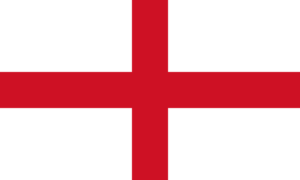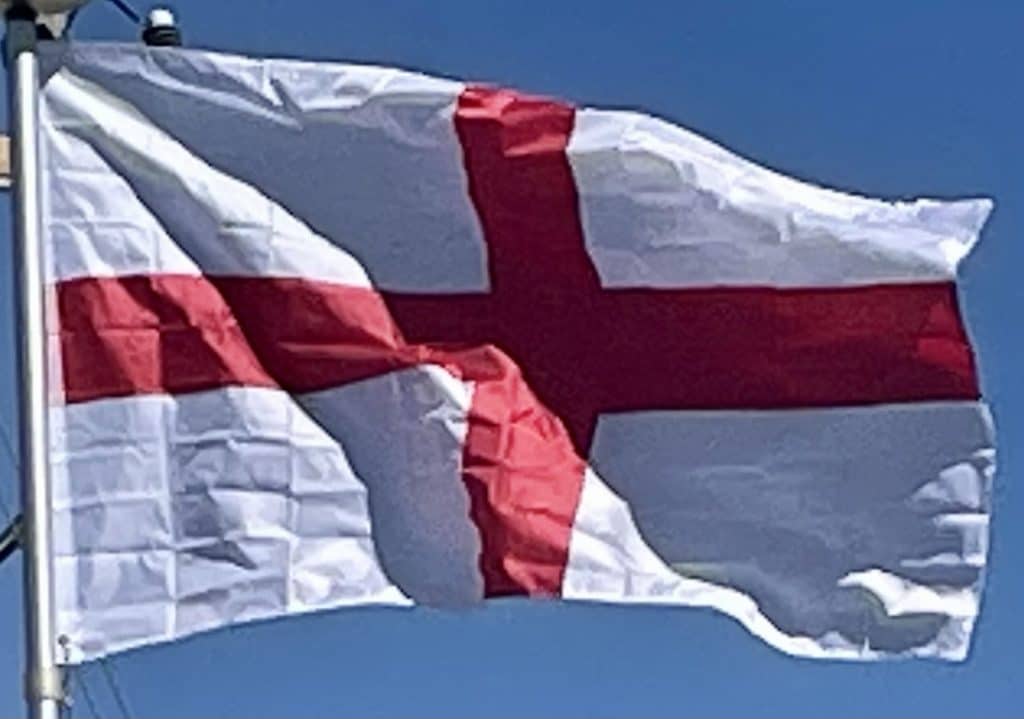Crossrail, under construction in London, is Europe’s largest construction project with a £15 billion projected cost. High Speed 2, a new high-speed north–south railway line, projected in 2015 to cost £56 billion is to start being built in 2020.
England has extensive domestic and international aviation links. The largest airport is Heathrow, which is the world’s busiest airport measured by number of international passengers. Other large airports include Gatwick, Manchester, Stansted, Luton and Birmingham.
By sea there is ferry transport, both local and international, including from Liverpool to Ireland and the Isle of Man, and Hull to the Netherlands and Belgium. There are around 4,400 miles (7,100 km) of navigable waterways in England, half of which is owned by the Canal & River Trust, however, water transport is very limited. The River Thames is the major waterway in England, with imports and exports focused at the Port of Tilbury in the Thames Estuary, one of the United Kingdom’s three major ports.
Flag of England:
The flag of England is derived from Saint George’s Cross. The association of the red cross as an emblem of England can be traced back to the Late Middle Ages, and it was increasingly used alongside the Royal Banner in the wake of the English Reformation, especially as a maritime flag. It was used as a component in the design of the Union Jack in 1606.
It has been widely used since the 1990s, specifically at national sporting events, especially during England’s national football team’s season.

Origins:
In 1188 Henry II of England and Philip II of France agreed to go on a crusade, and that Henry would use a white cross and Philip a red cross. Thirteenth-century authorities are unanimous on the point that the English king adopted the white cross, and the French king the red one (and not vice versa as suggested by later use). It is thus not clear at what point the English exchanged the white cross for the red-on-white one.
There was a historiographical tradition claiming that Richard the Lionheart himself adopted both the flag and the patron saint from the Republic of Genoa at some point during his crusade. This idea can be traced to the Victorian era, Perrin (1922) refers to it as a “common belief”, and it is still popularly repeated today even though it cannot be substantiated as historical.
Red crosses seem to have been used as a distinguishing mark worn by English soldiers from the reign of Edward I (1270s), or perhaps slightly earlier, in the Battle of Evesham of 1265, using a red cross on their uniforms to distinguish themselves from the white crosses used by the rebel barons at the Battle of Lewes a year earlier. Perrin notes a roll of accounts from 1277 where the purchase of cloth for the king’s tailor is identified as destined for the manufacture of a large number of pennoncels (pennons attached to lances) and bracers (worn by archers on their left forearms) “of the arms of Saint George” for the use by the king’s foot soldiers (pro peditibus regis). Perrin concludes from this that the introduction of the Cross of St George as a “national emblem” is originally due to Edward I. By 1300, there was also a greater “banner of St George”, but not yet in a prominent function; the king used it among several banners of saints alongside the royal banner. Saint George had become popular as a “warrior saint” during the Crusades, but the saint most closely associated with England was Edward the Confessor until the time of Edward III, who in thanks for Saint George’s supposed intervention in his favor at the Battle of Crécy gave him a special position as a patron saint of the Order of the Garter in 1348. From that time, his banner was used with increasing prominence alongside the Royal Banner and became a fixed element in the hoist of the Royal Standard. The flag shown for England in the Book of All Kingdoms of 1367 is solid red (while St George’s Cross is shown for Nice and, in a five-cross version, for Tbilisi). The Wilton Diptych from the late 1390s shows a swallow-tailed St George cross flag held by an angel in between King Richard II (accompanied by royal saints Kings Edward the Confessor and Edmund the Martyr) and a scene of the Virgin and Child flanked by angels wearing Richard’s own heraldic devices.
